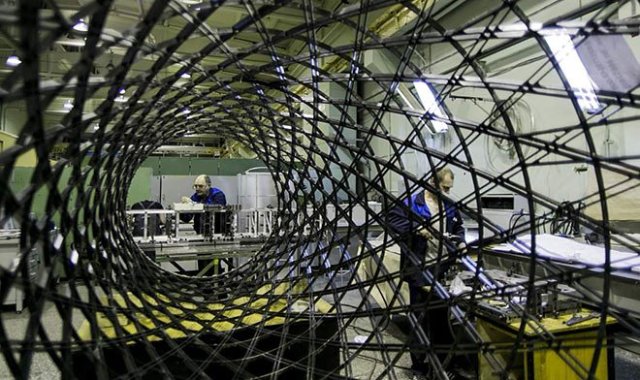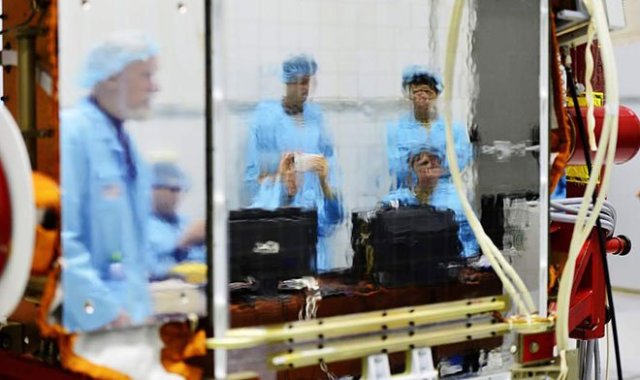
Photo: TASS
MAI specialists, together with their colleagues from Moscow State University, are developing a promising engine for satellites operating at altitudes of about 200 km. The thrust of this power plant will be created through the use of atmospheric gases — nitrogen and oxygen, which are still present in such a low orbit.
That is, unlike conventional installations, the duration of full operation of such an engine is not limited by the amount of fuel available on board. In addition, the use of a new power plant will reduce the size and weight of satellites, which, accordingly, will reduce the cost of their removal. As specified in the MAI, the installation under development will capture the gas flow flowing into the spacecraft, compress it and transfer it directly to the engine, which, in turn, will convert gases into plasma due to electricity from solar panels. In fact, the power plant will include three key modules — a intake system that collects atmospheric gases, the engine itself, which "makes" plasma from gases, as well as a control system and power supply. Moreover, the first two modules have already been created, although they have not yet been combined into a single unit. However, in their developments, MAI and MSU scientists faced two serious problems — the first is that the speed of the satellite in low orbits is at the level of 8 km/s, while the flow velocity in wind tunnels required for testing does not exceed 4 km/s.

Photo: TASS
The second problem was the plasma obtained from atmospheric gases — it is characterized by high electrical conductivity, and when accelerating particles in the engine requires the use of high voltage. At the same time, the entire structure is made of metal, which can lead to a short circuit of kilovolts of plasma on the body of the device, which will definitely lead to a serious accident. If these problems are solved quickly enough, then the development will be completed within 5-7 years from the prototype stage, although the scientists themselves believe that this process needs to be accelerated. Also, the economic feasibility of these power plants is still in question, which will be possible to talk about only after the start of trial operation, since the calculated specifications in real conditions may seriously differ from the actual ones.
Max Antonov
